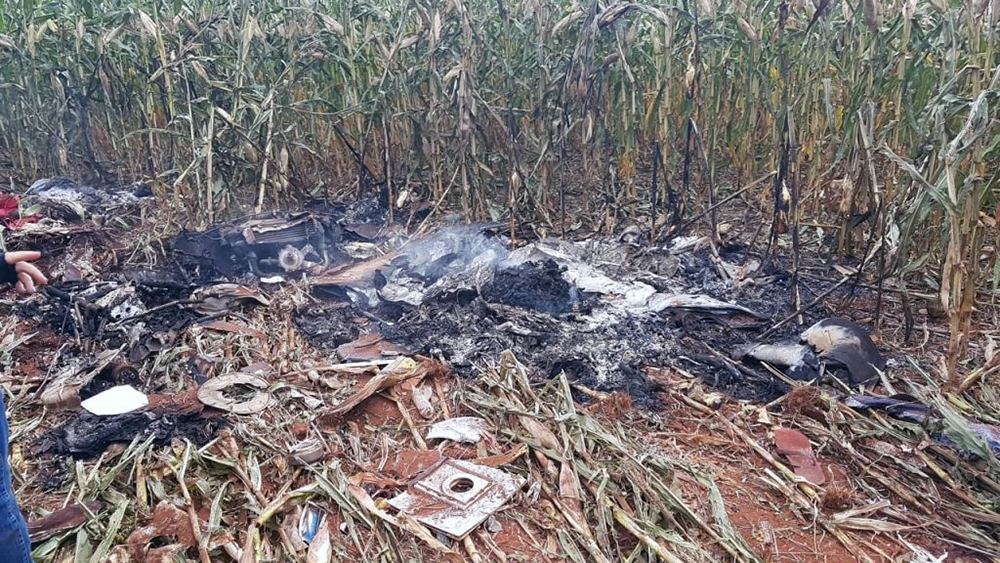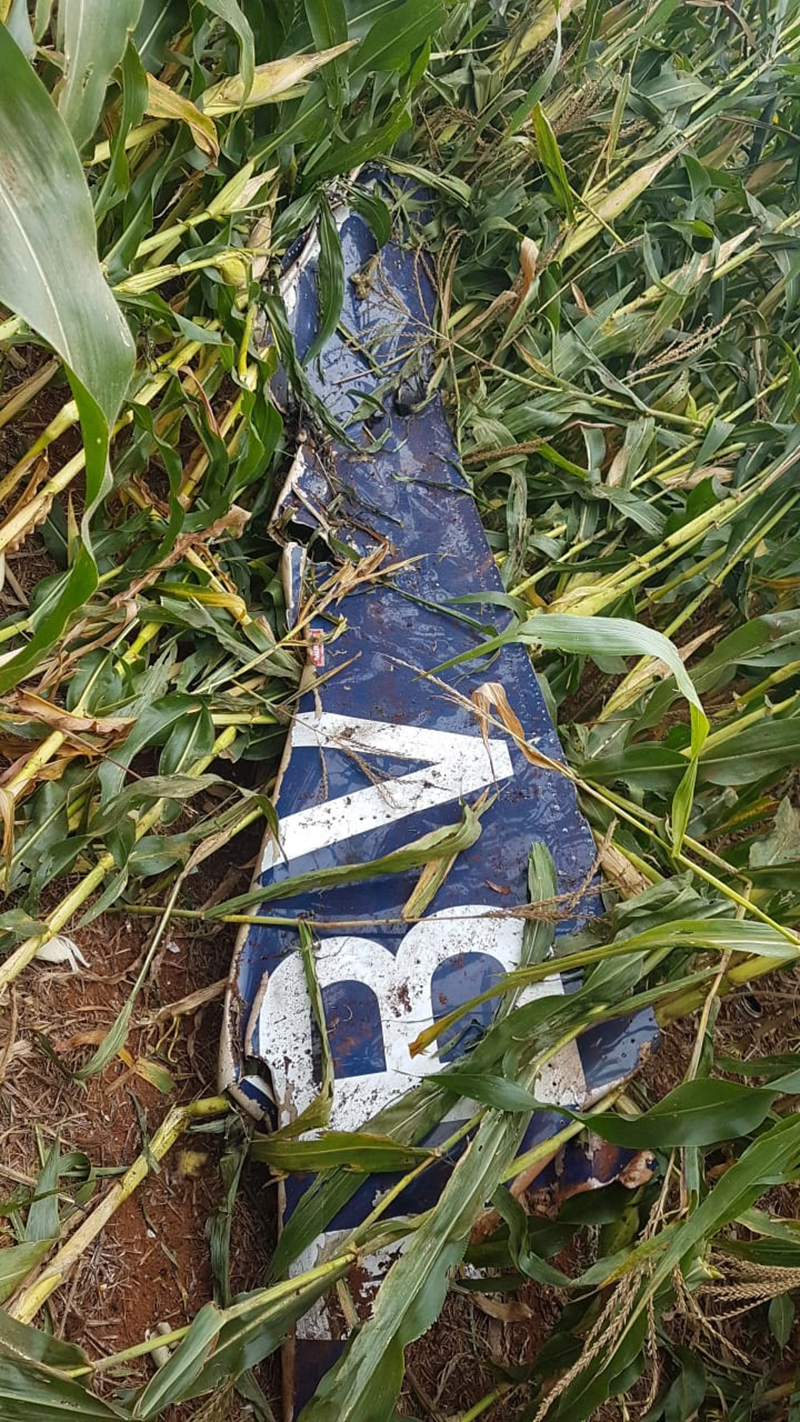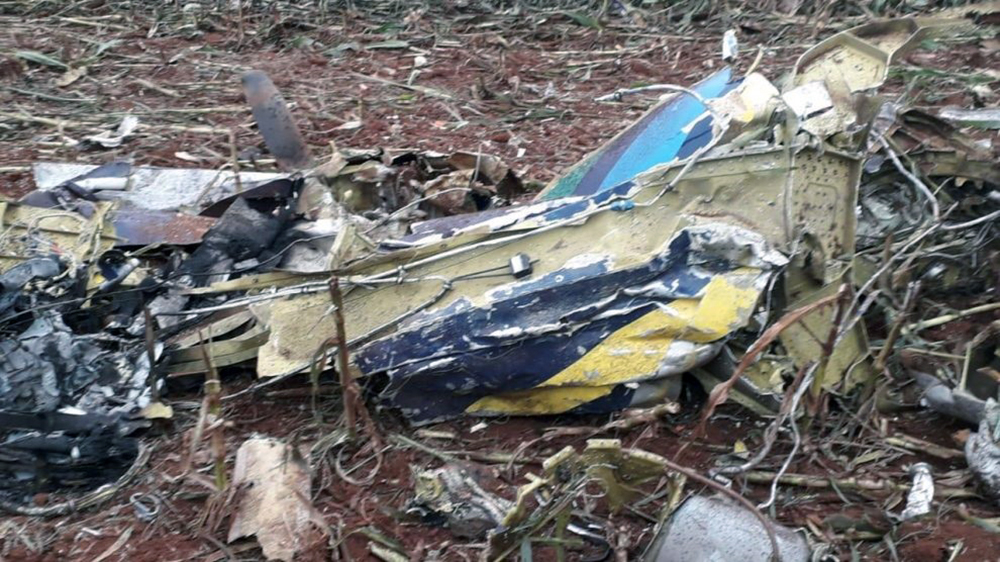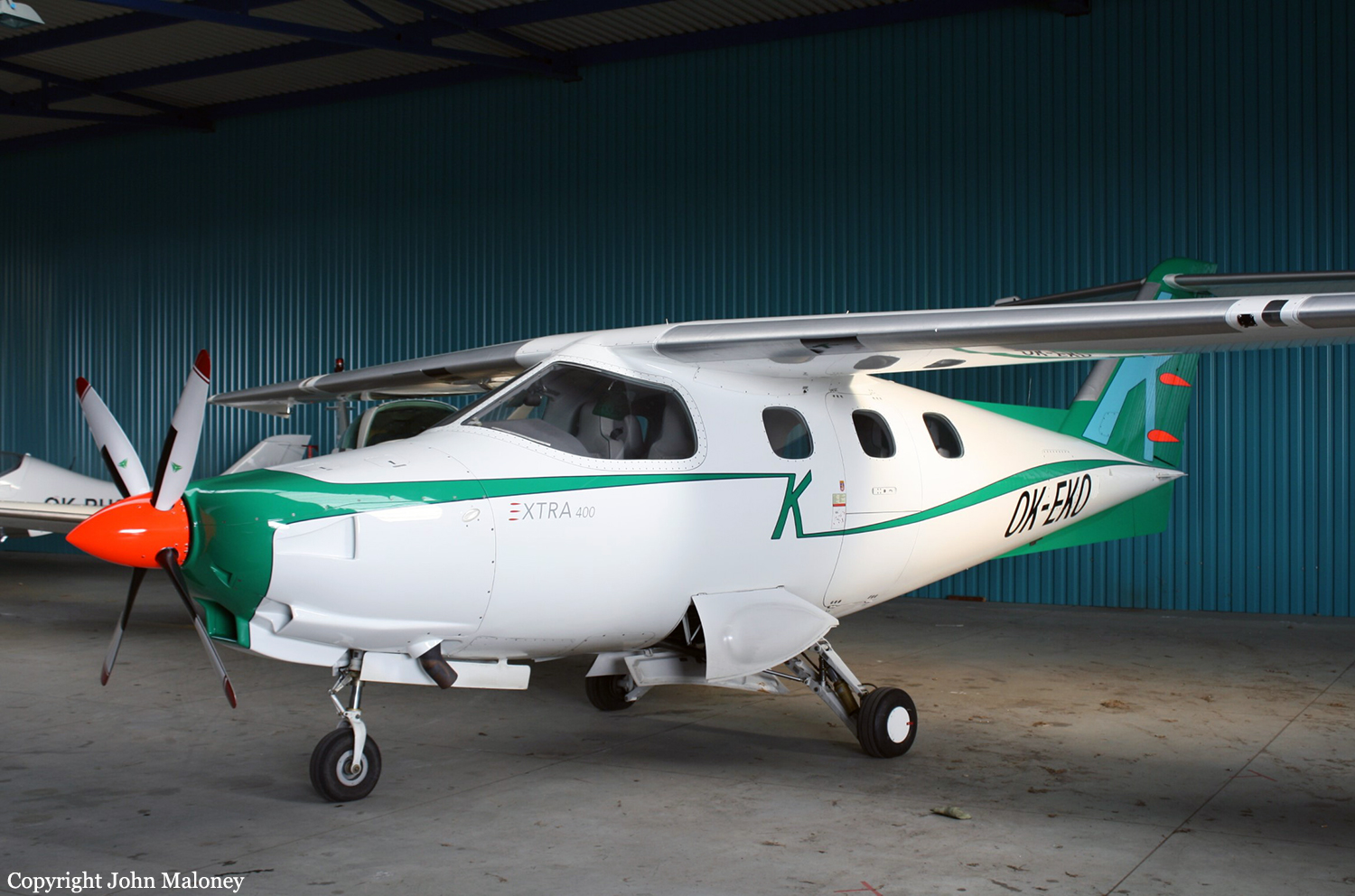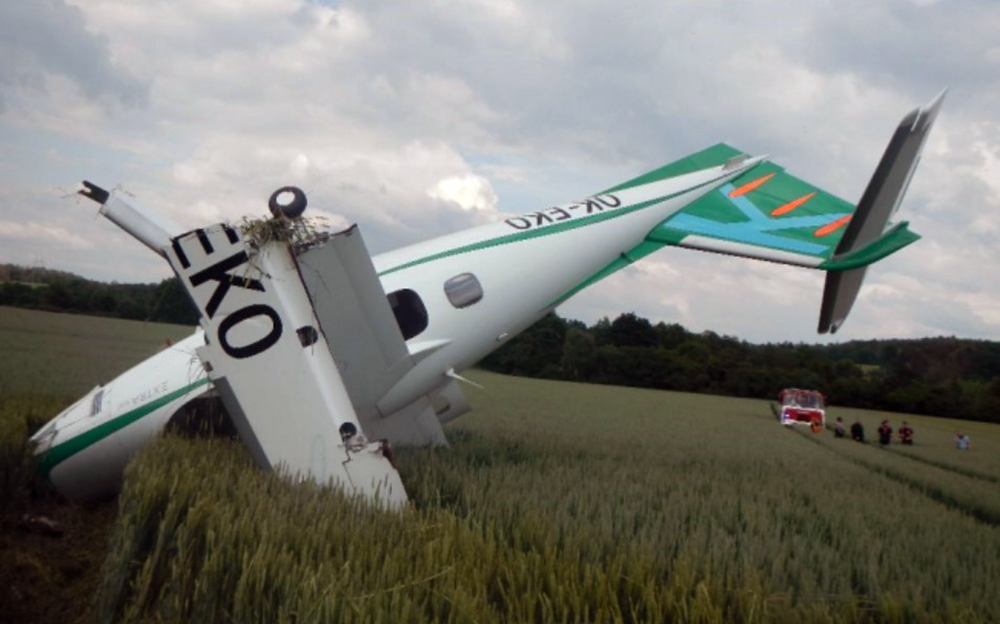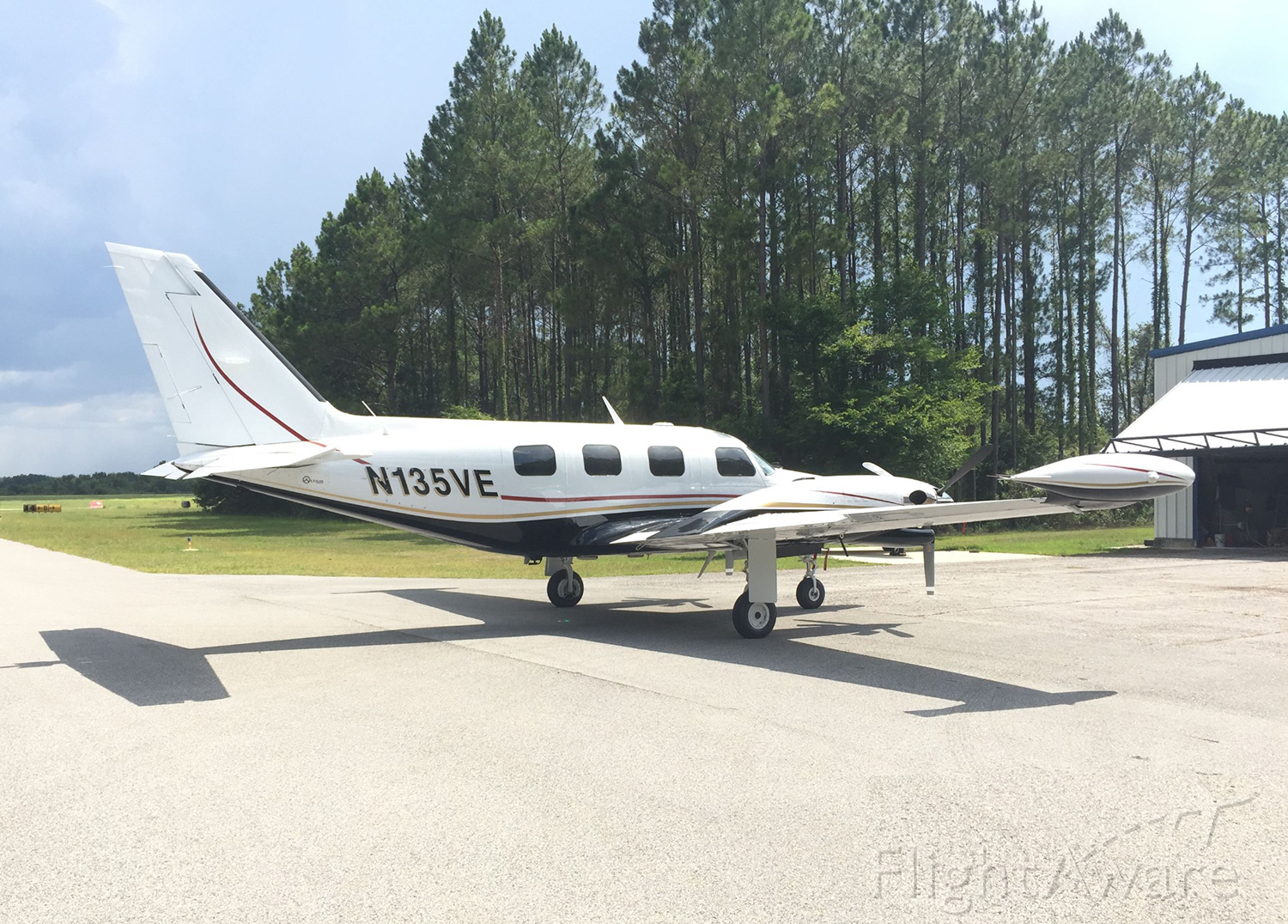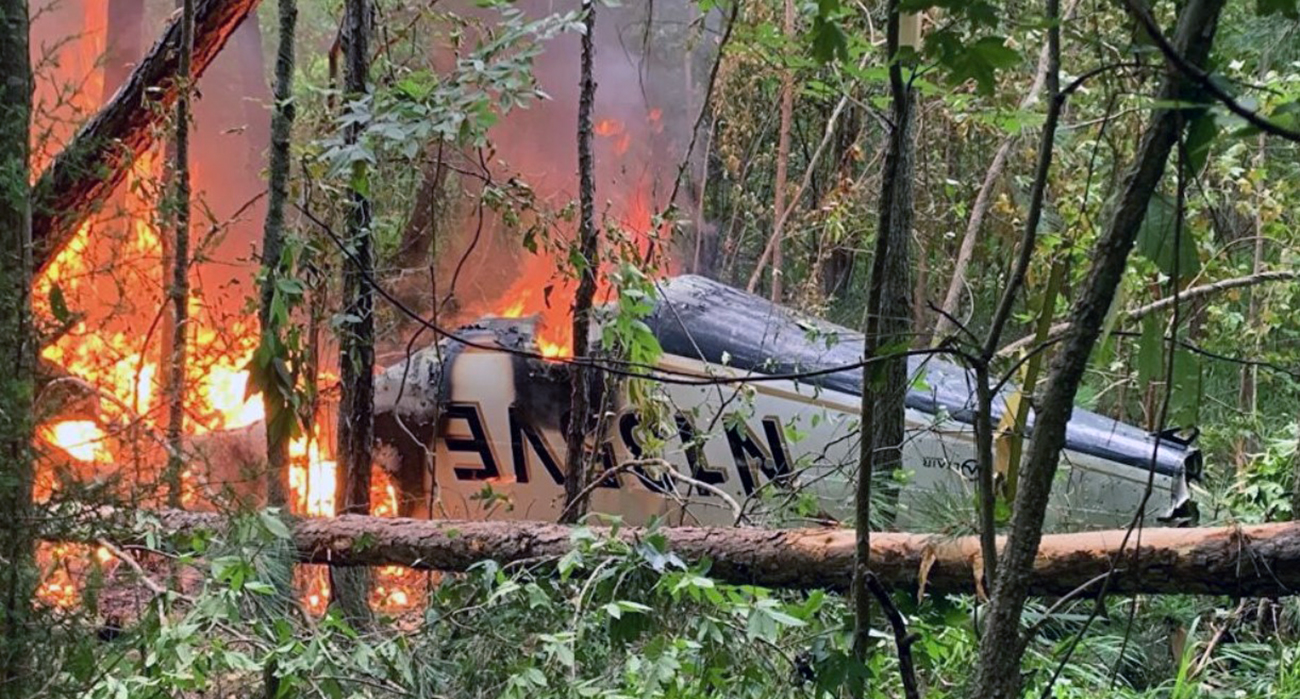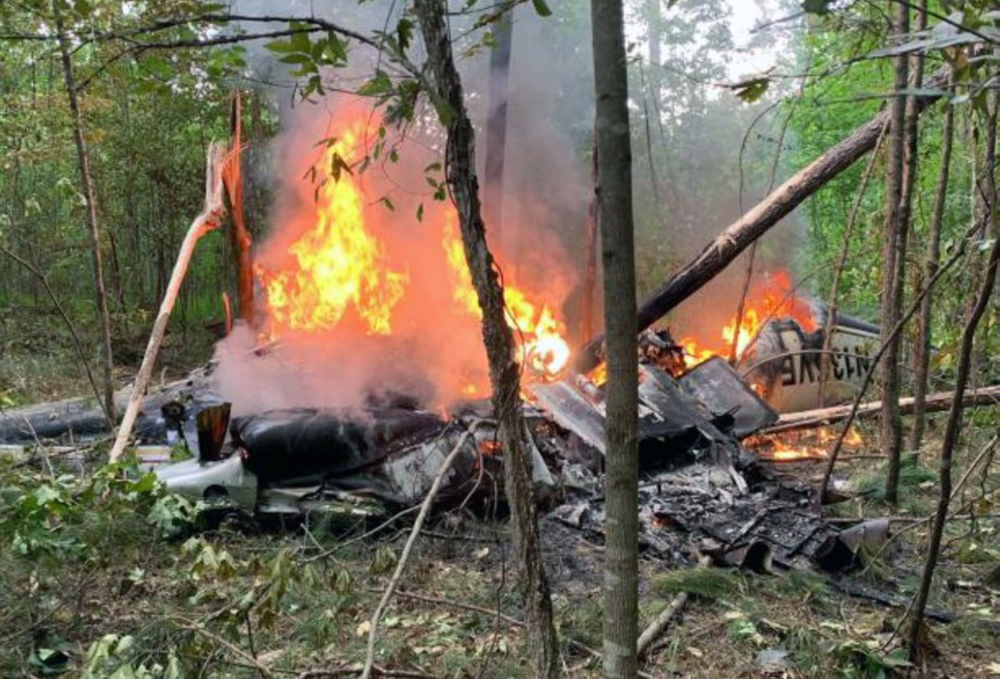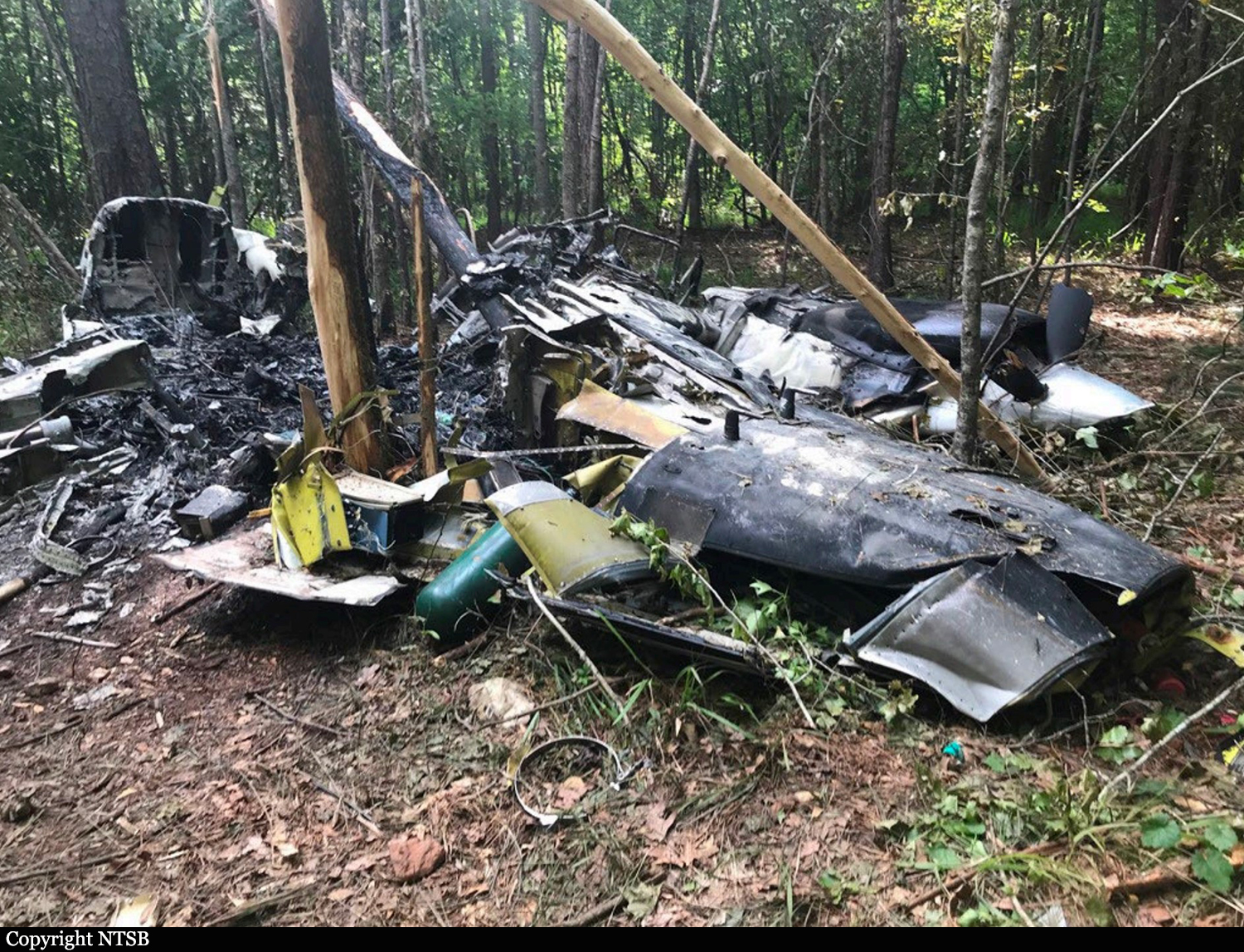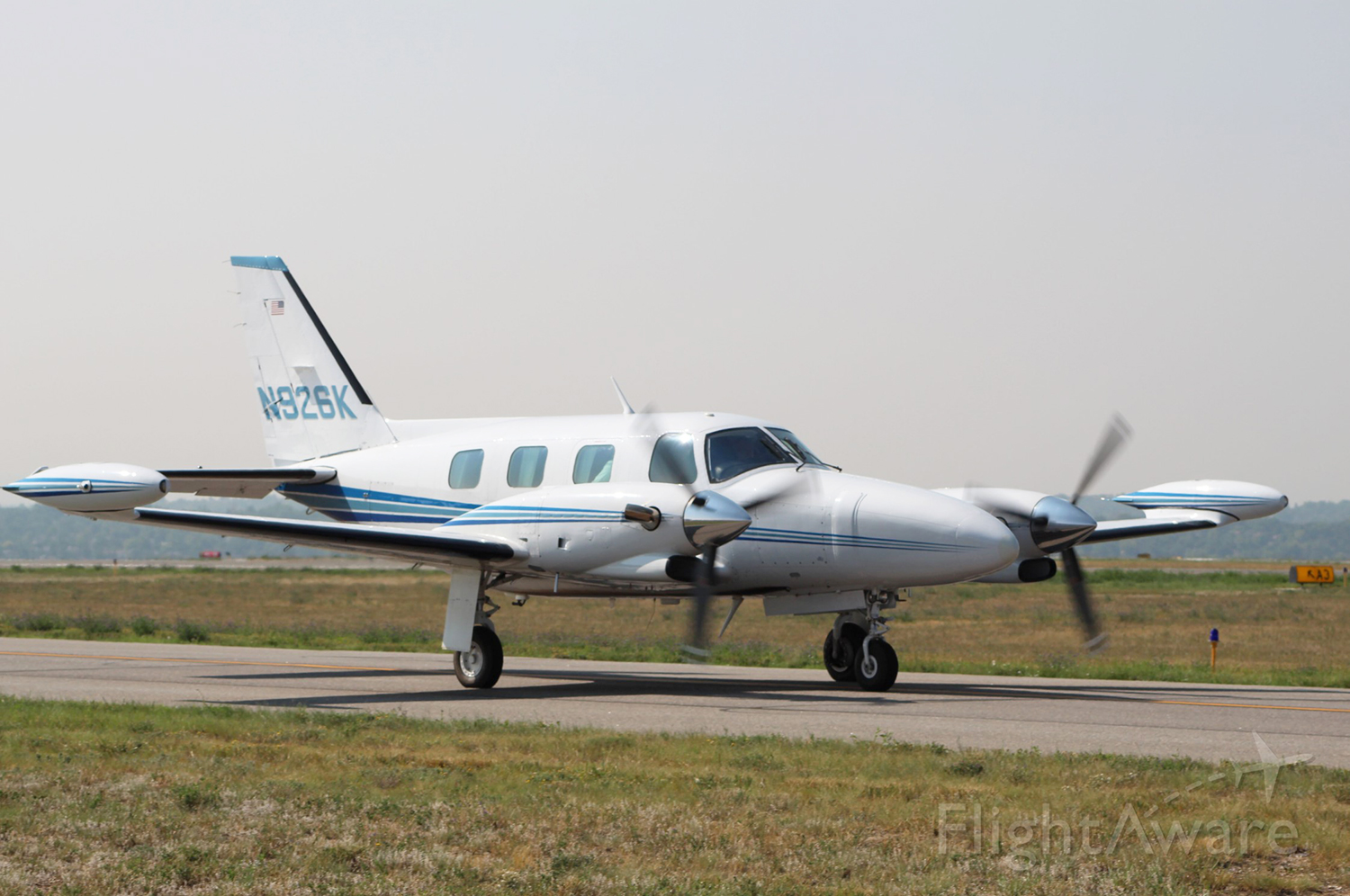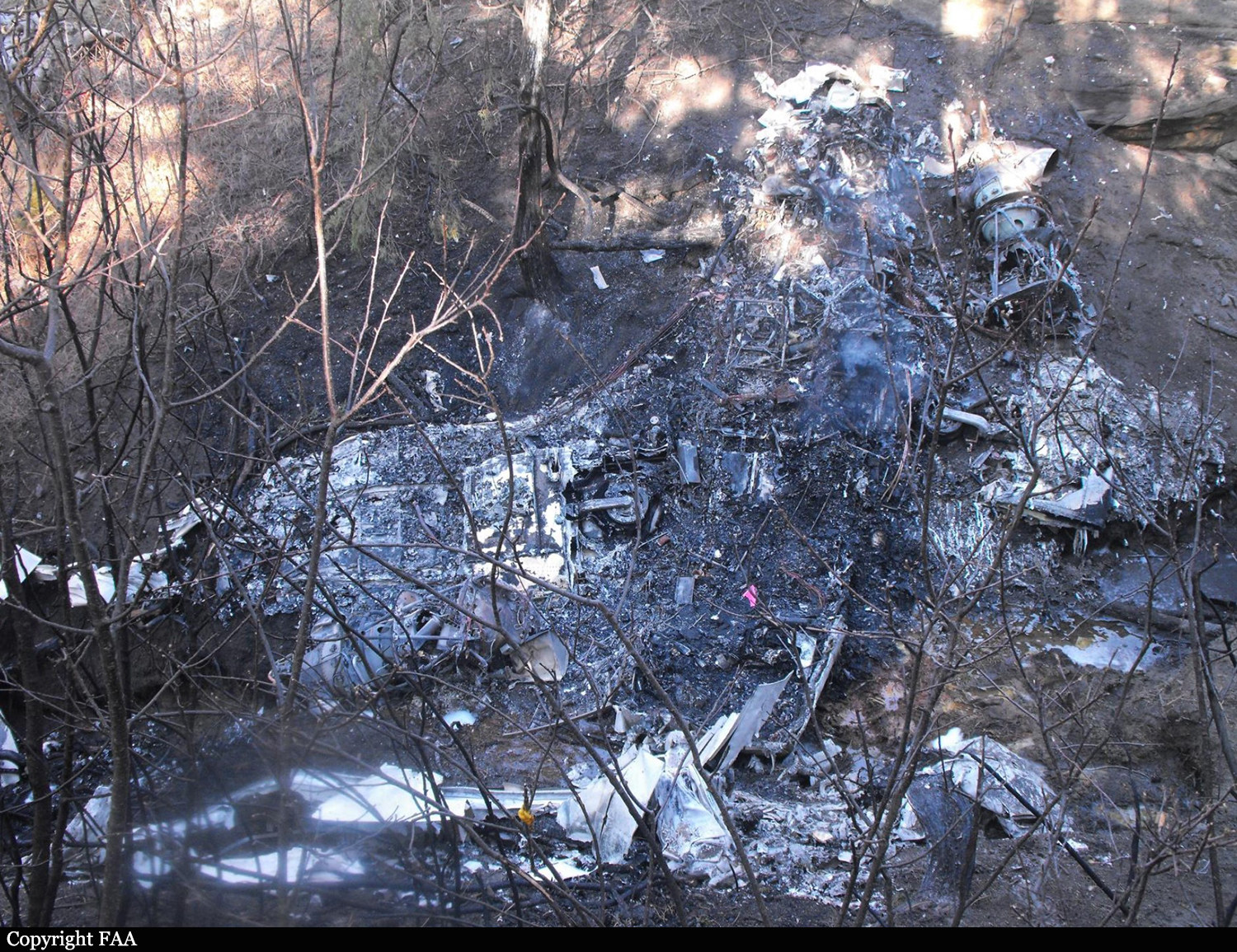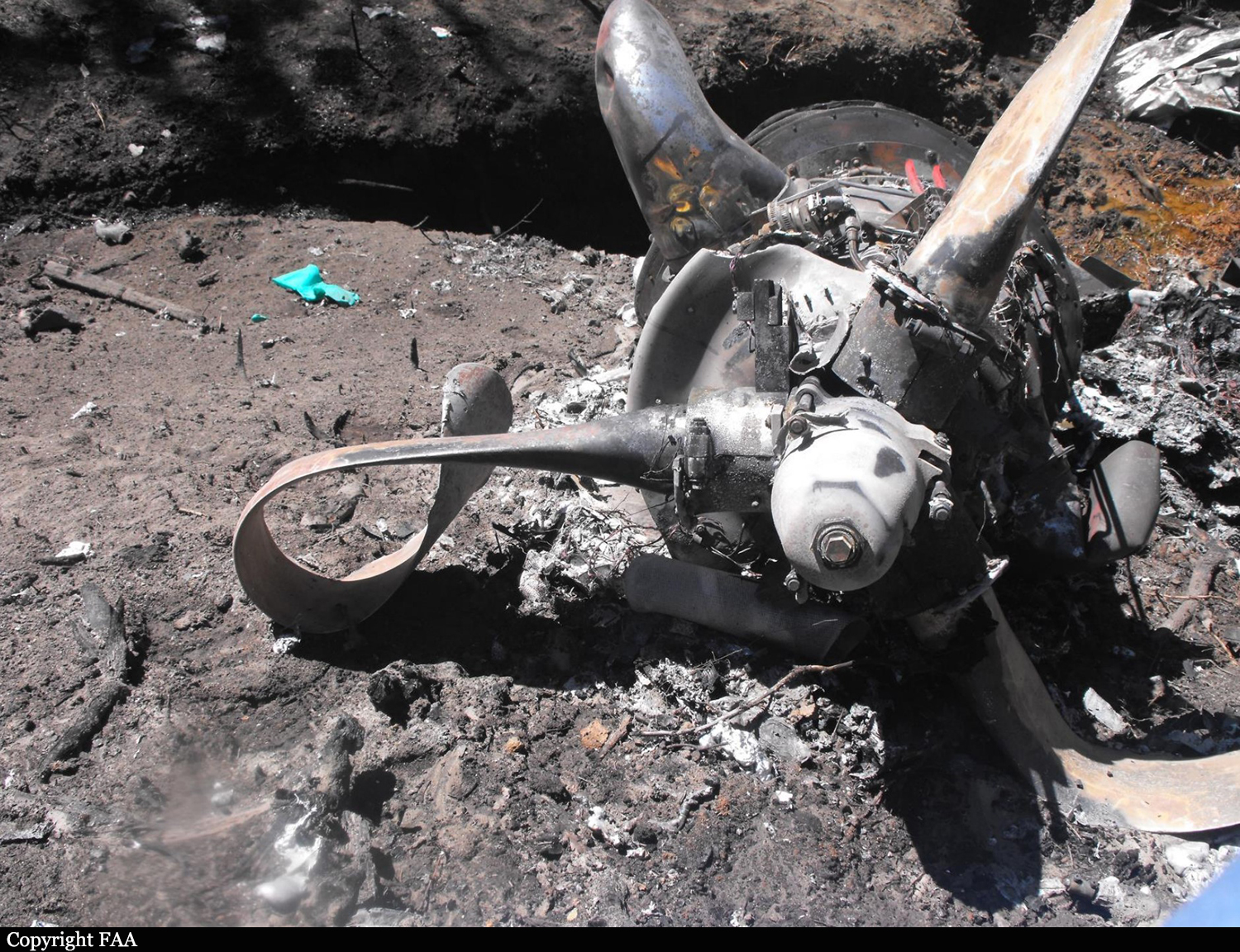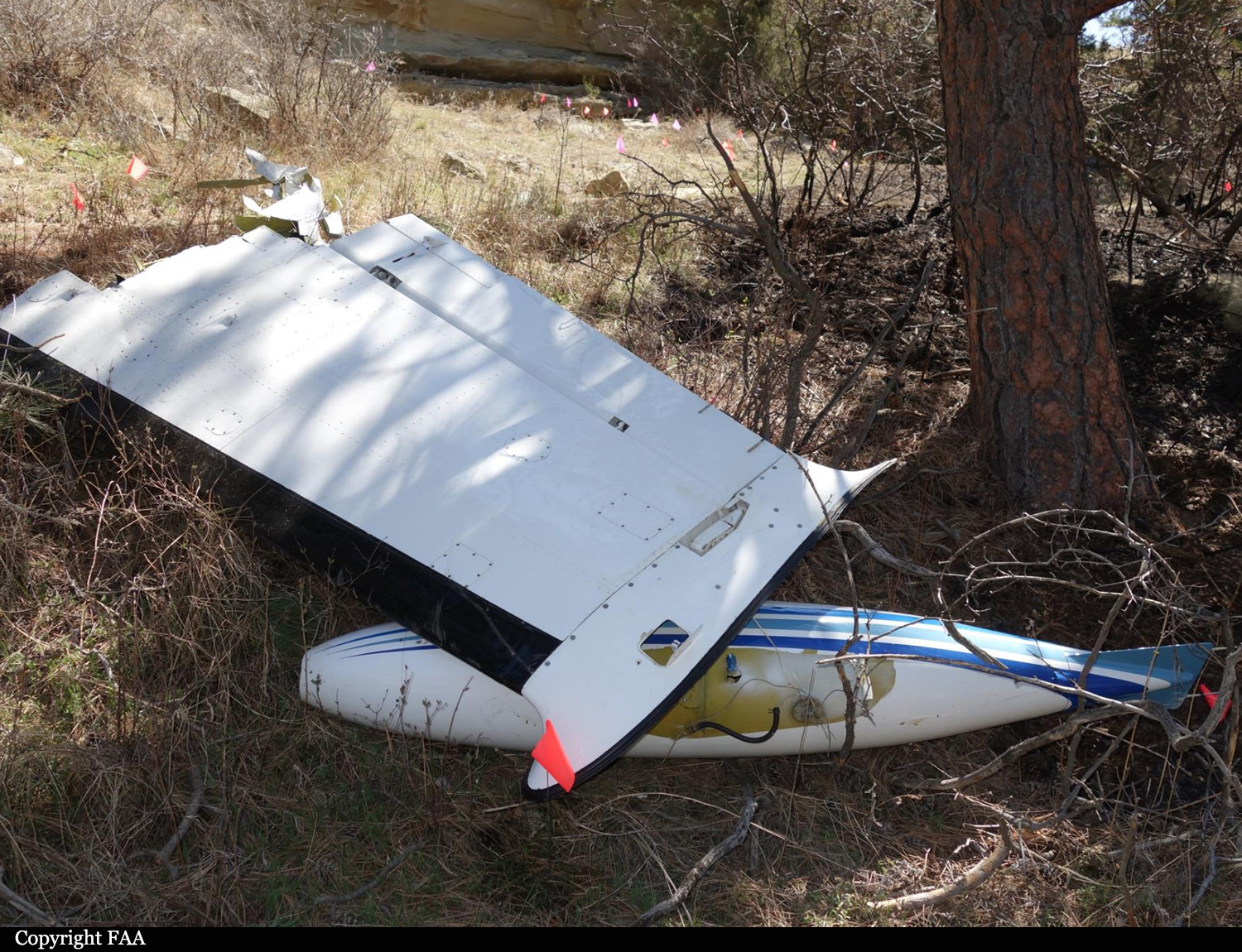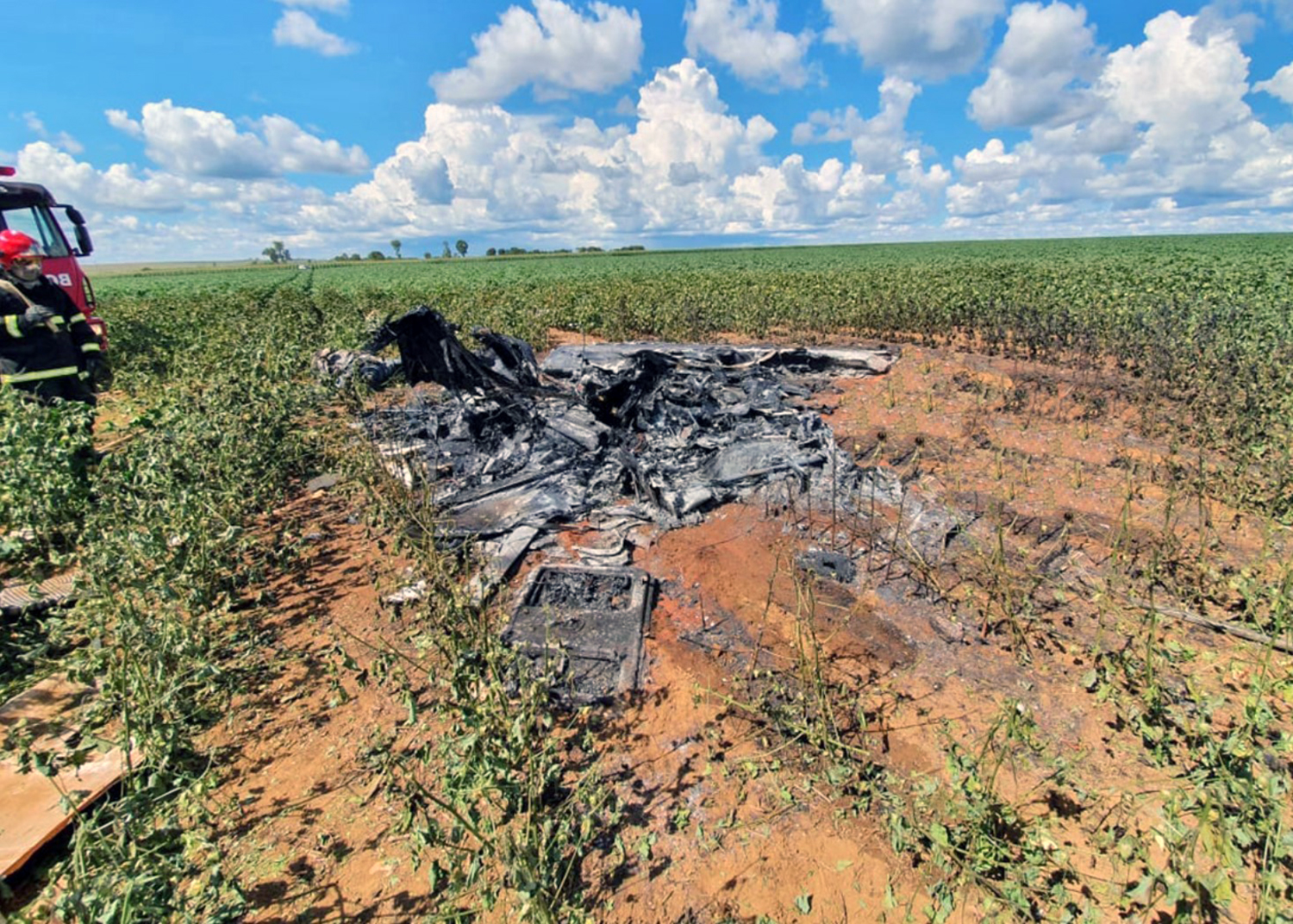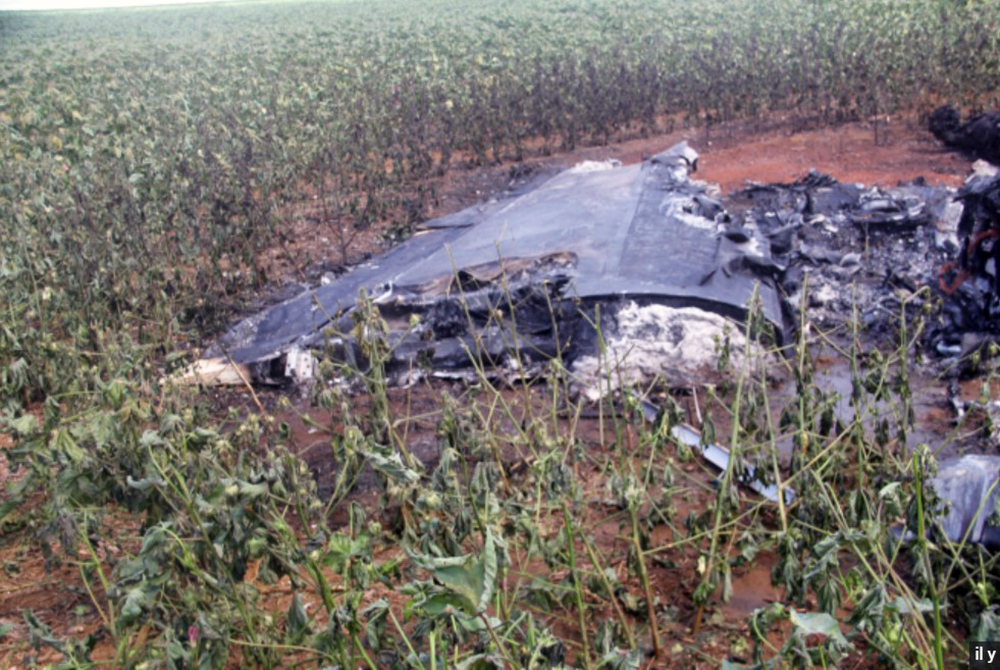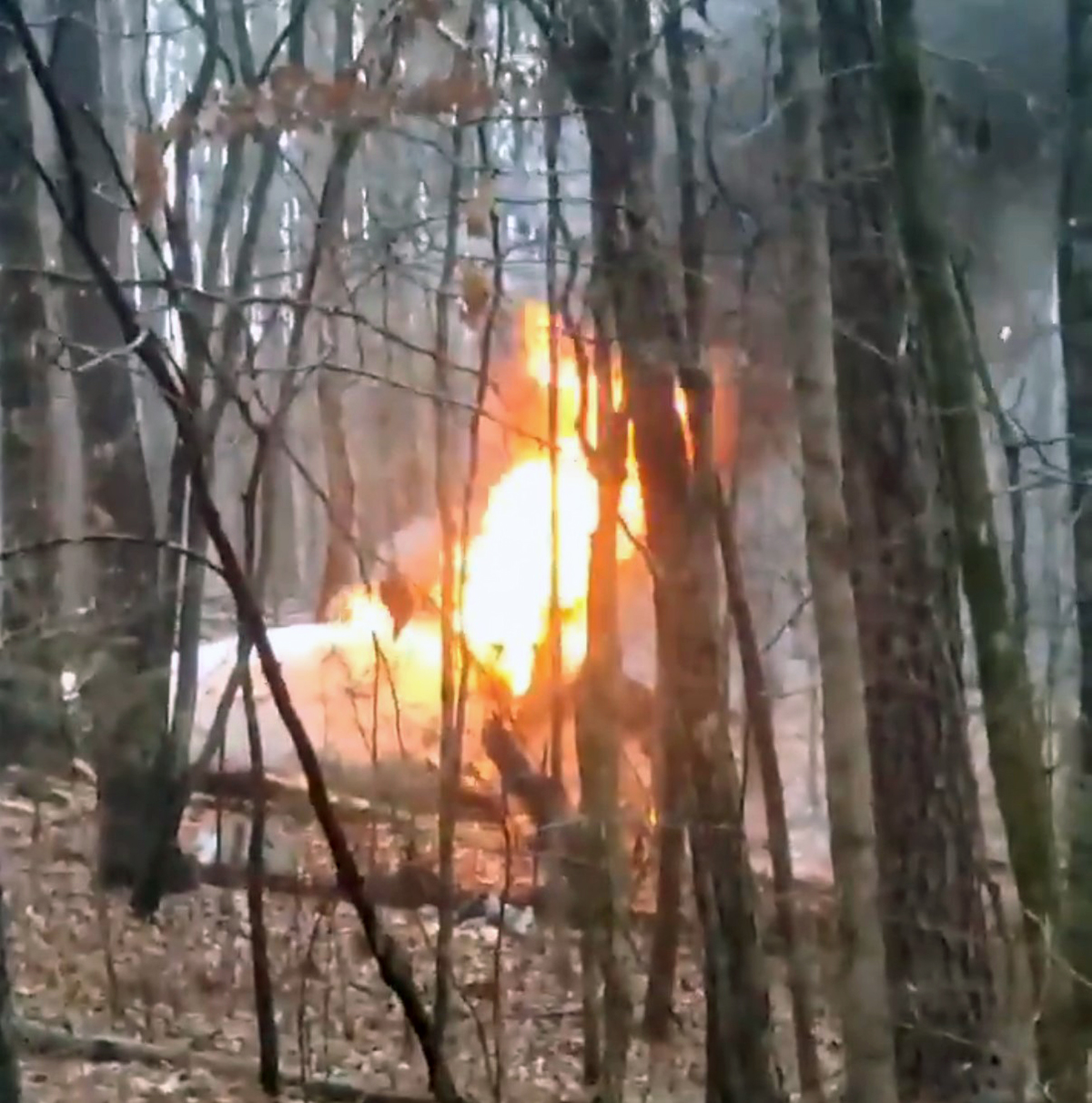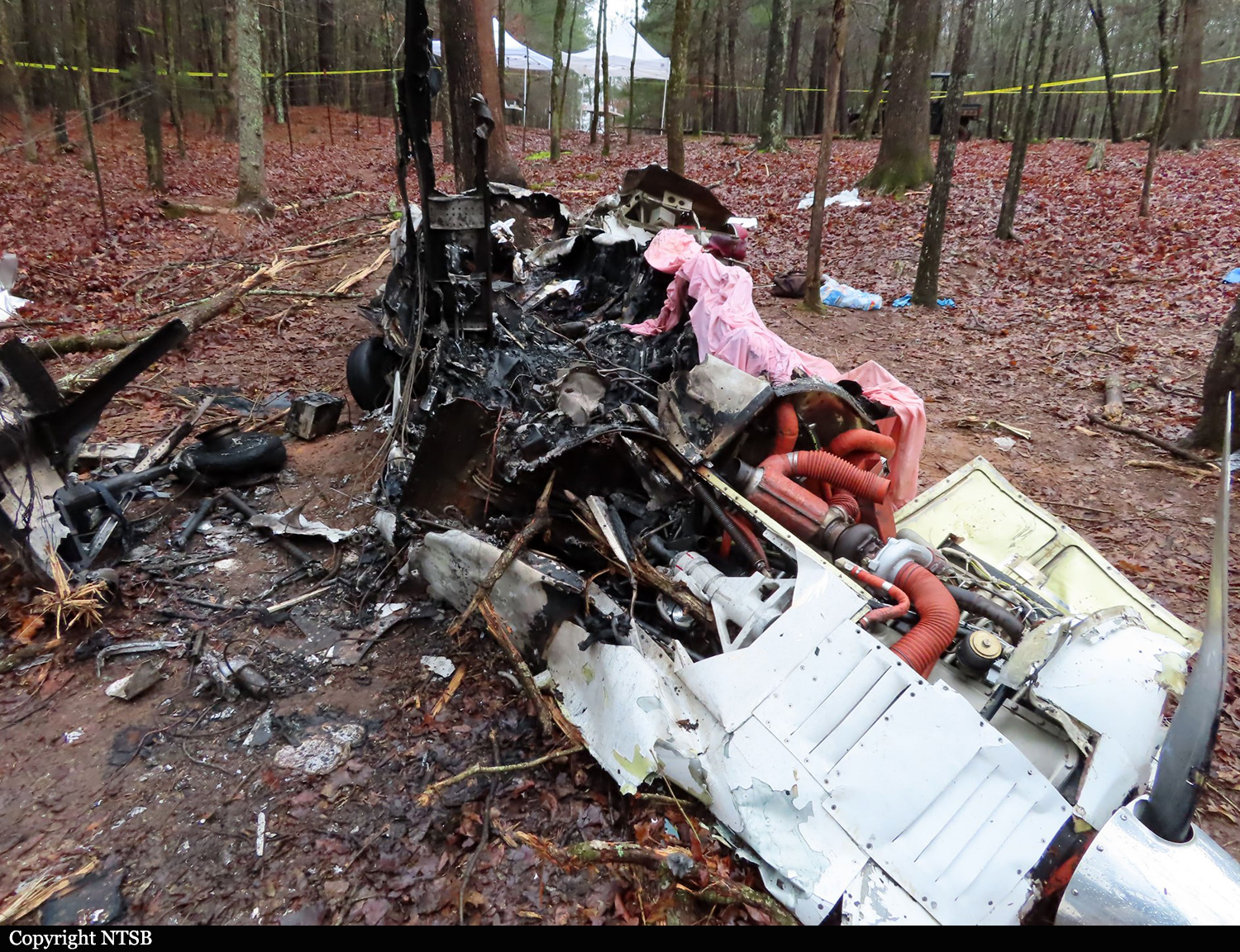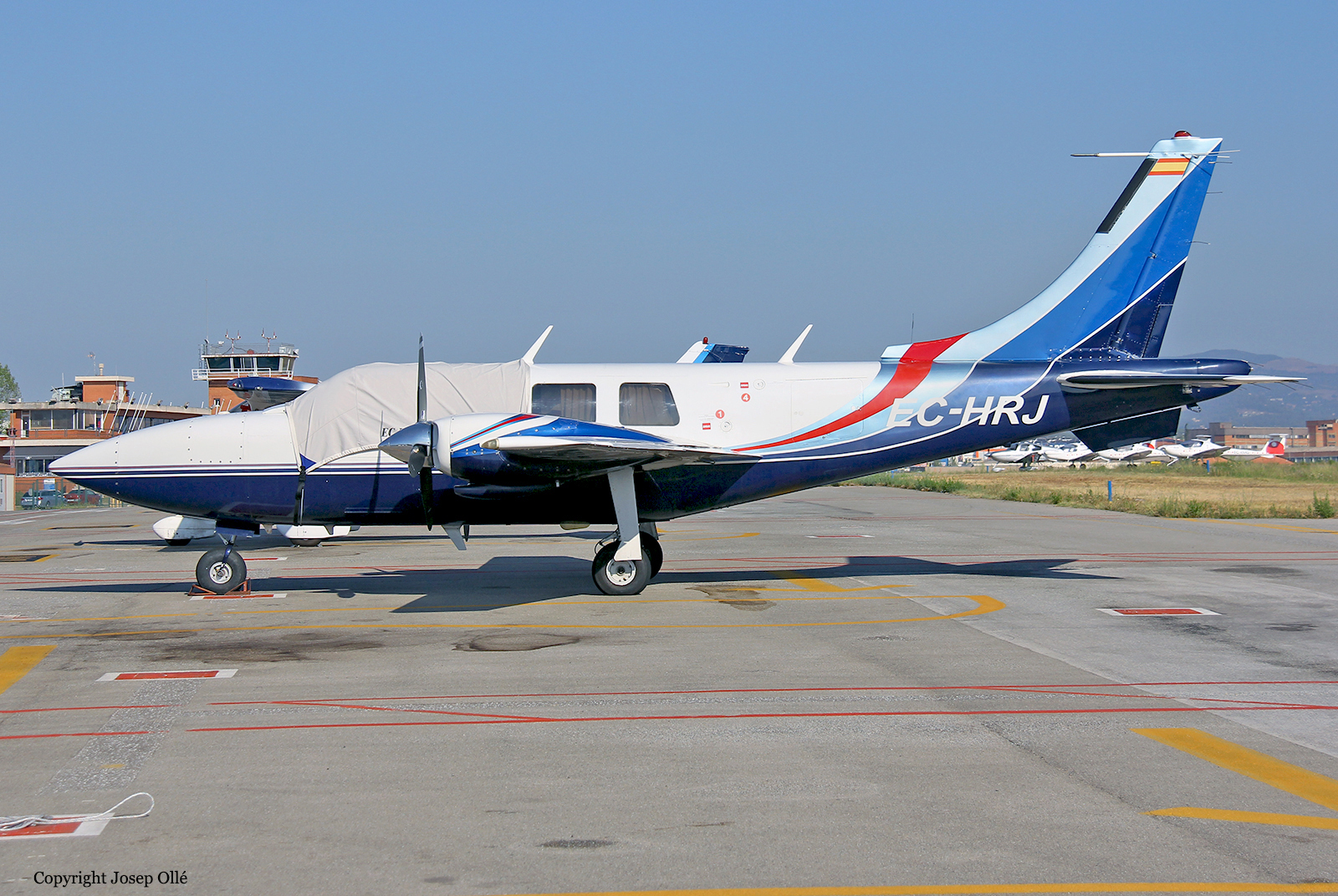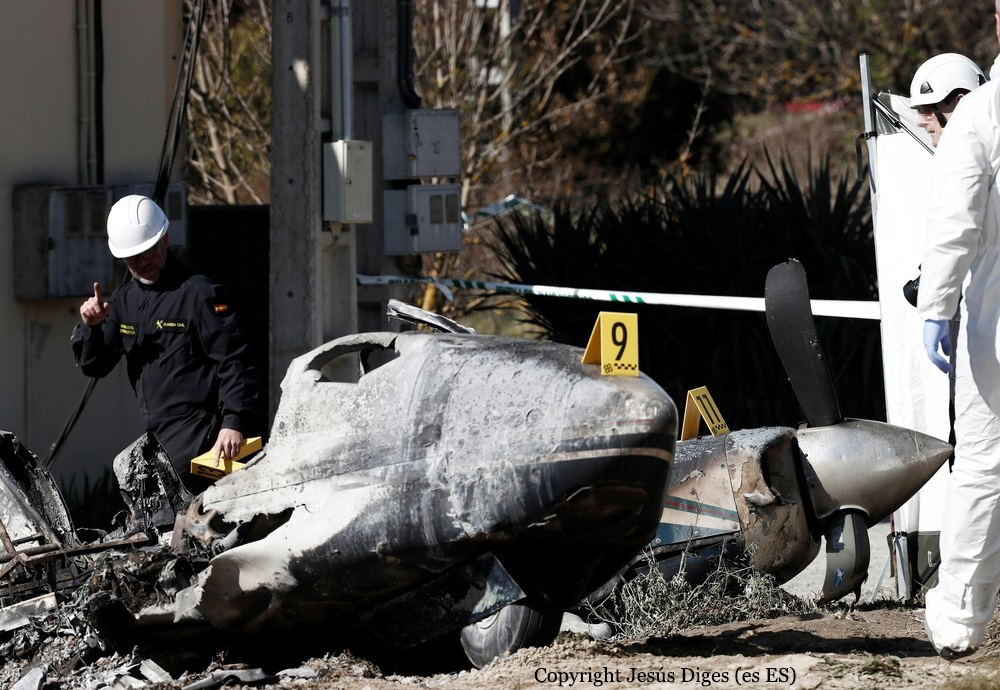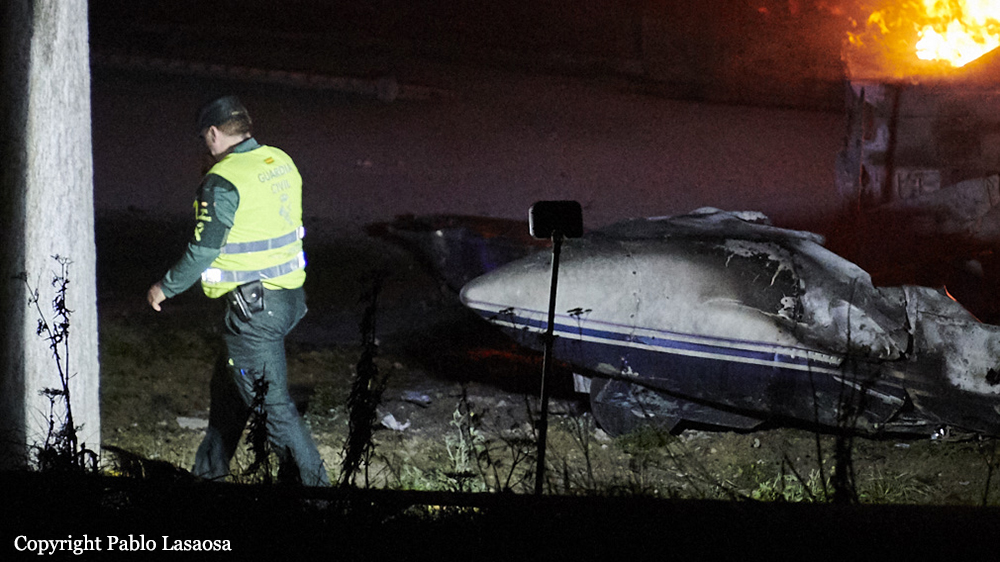Crash of an Embraer EMB-121A Xingu in Tegará da Serra: 2 killed
Date & Time:
Jun 14, 2020 at 0840 LT
Registration:
PT-MBV
Survivors:
No
Schedule:
Tangará da Serra – Goiânia
MSN:
121-053
YOM:
1982
Crew on board:
2
Crew fatalities:
Pax on board:
0
Pax fatalities:
Other fatalities:
Total fatalities:
2
Captain / Total hours on type:
41.00
Aircraft flight hours:
4453
Circumstances:
Four minutes after takeoff from Tengará da Serra Airport Runway 20, while climbing, the twin engine airplane entered an uncontrolled descent. One minute later, it crashed with a high angle of attack in a cornfield, bursting into flames. The airplane disintegrated on impact and both occupants were killed.
Probable cause:
One should not rule out the hypothesis of a possible malfunction of the aircraft's angle-of-attack control system, considering that the records related to the provision of the calibration service (a necessary condition for the proper functioning of the referred system, and prescribed in the aircraft's maintenance manual) were not identified in the pertinent
control documents.
control documents.
Final Report:

